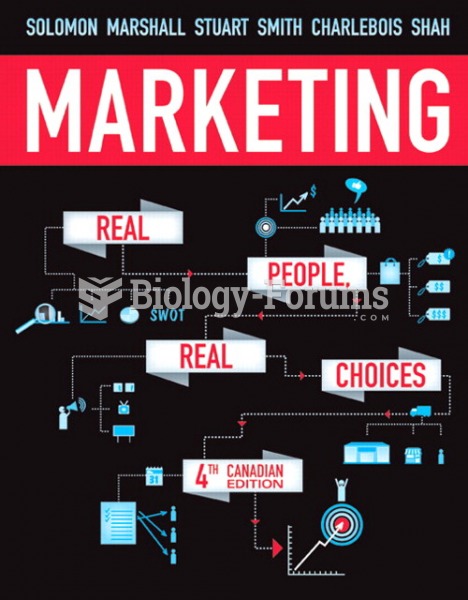|
|
|
More than 4.4billion prescriptions were dispensed within the United States in 2016.
Oxytocin is recommended only for pregnancies that have a medical reason for inducing labor (such as eclampsia) and is not recommended for elective procedures or for making the birthing process more convenient.
Patients who cannot swallow may receive nutrition via a parenteral route—usually, a catheter is inserted through the chest into a large vein going into the heart.
Hip fractures are the most serious consequences of osteoporosis. The incidence of hip fractures increases with each decade among patients in their 60s to patients in their 90s for both women and men of all populations. Men and women older than 80 years of age show the highest incidence of hip fractures.
An identified risk factor for osteoporosis is the intake of excessive amounts of vitamin A. Dietary intake of approximately double the recommended daily amount of vitamin A, by women, has been shown to reduce bone mineral density and increase the chances for hip fractures compared with women who consumed the recommended daily amount (or less) of vitamin A.
 Astronaut Piers Sellers during the third spacewalk of STS-121, a demonstration of orbiter heat shiel
Astronaut Piers Sellers during the third spacewalk of STS-121, a demonstration of orbiter heat shiel
 Lilly Martin Spencer’s Young Husband: First Marketing (1854). Note that passers-by are amused at thi
Lilly Martin Spencer’s Young Husband: First Marketing (1854). Note that passers-by are amused at thi





